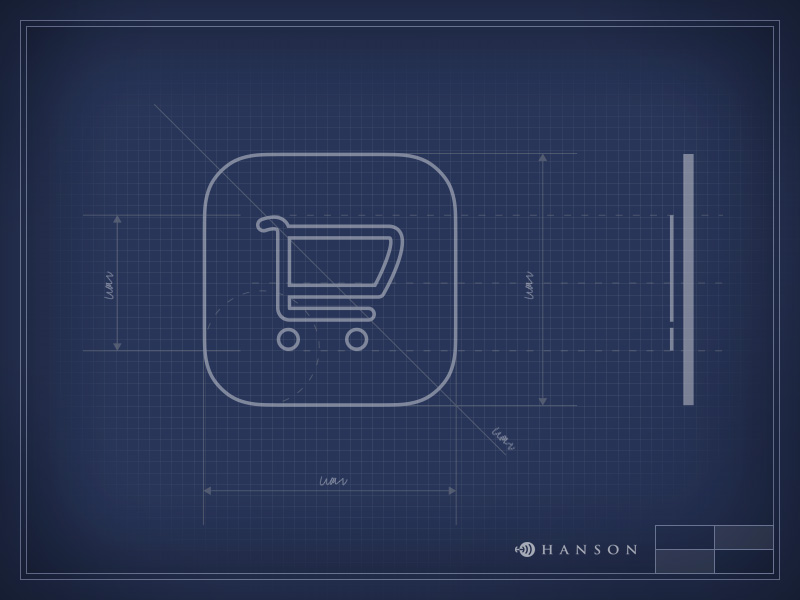3 Approaches to eCommerce Architecture
Thinking about jumping into the world of ecommerce? It’s all about the architecture. The best way to approach it depends on a lot of factors, like whether you have an existing site, the state of your product catalogs, how much custom functionality you need, and what your budget and technology resources are. We work closely with clients to recommend the very best solution for their unique needs, but if you’re still in preliminary thinking mode, here are some broad tips to get you started.
Approach #1: Out of the Box
If you are a small business, have a small product selection, or you’re just launching your business, an out of the box ecommerce solution may be a good option for you. These are implemented using Software as a Service Solution (SAAS), in which software and data are hosted in the cloud.
Pros:
- Smaller initial investment
- No separate hosting engagement
- Full ecommerce, catalog and backend functionality
Cons:
- You will be extremely restricted in the ability to add custom functionality, which can impede your ability to differentiate yourself from the competition
- Lack of non-ecommerce functionality in the solution
Approach #2: Hybrid
If your goal is to add ecommerce to an existing site, a hybrid SAAS combined with a custom build application might be the way to go. In this scenario, your ecommerce site uses SAAS but other functionality is custom built and hosted separately with integration done through a common header and footer.
Pros:
- Combines the lower initial investment of SAAS ecommerce with the ability to have custom functionality on the website
- Includes non-ecommerce functionality on a separate website
Cons:
- You will need to maintain multiple systems
- Lack of ability to differentiate your ecommerce solution
Approach #3: Custom Build
Then there’s the custom option that uses an ecommerce software package as a base application. In this situation, all non-ecommerce functionality is built into the same platform for maximum control and function. If you’re going to want to use the product data and business logic for other applications later (and chances are you will), or if you need the infrastructure to support international ecommerce, this is likely your best option.
Pros:
- Total control of site and functionality
- No restrictions on functionality or creative execution
- Platform can be repurposed for mobile site and applications
- Can use custom functionality to differentiate from the competition
Cons:
- Larger initial investment
And that’s a basic overview of the main approaches to ecommerce architecture. Every situation is unique, so if we can help you with a more specific recommendation, contact us.





